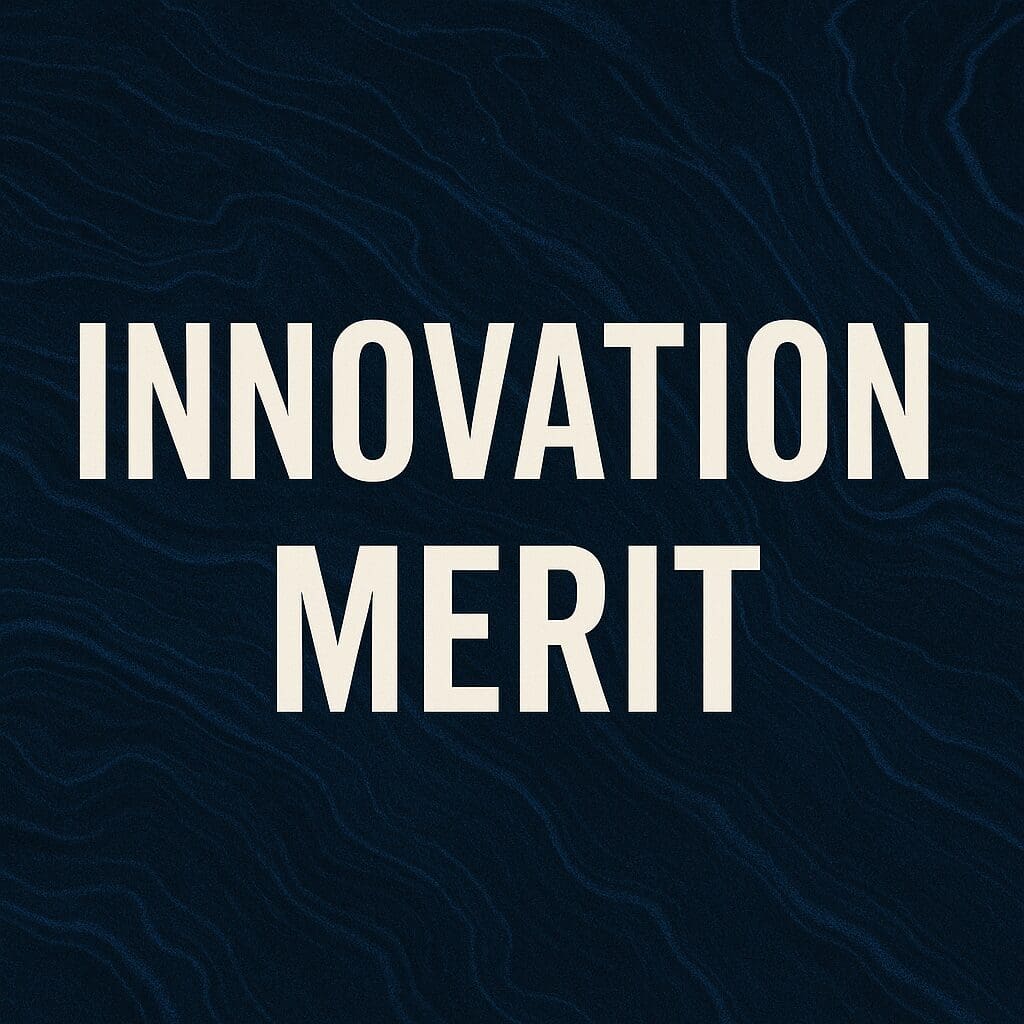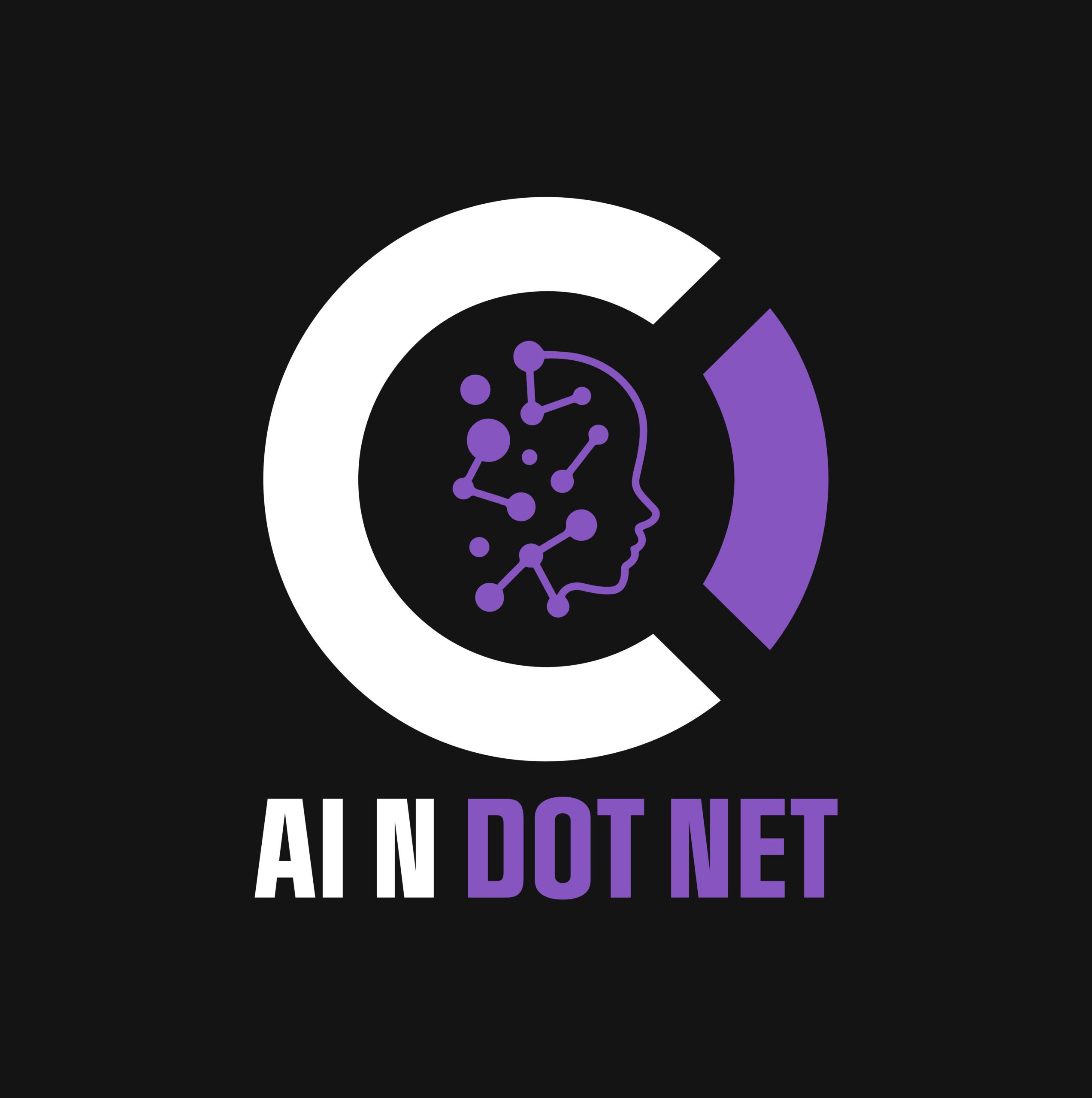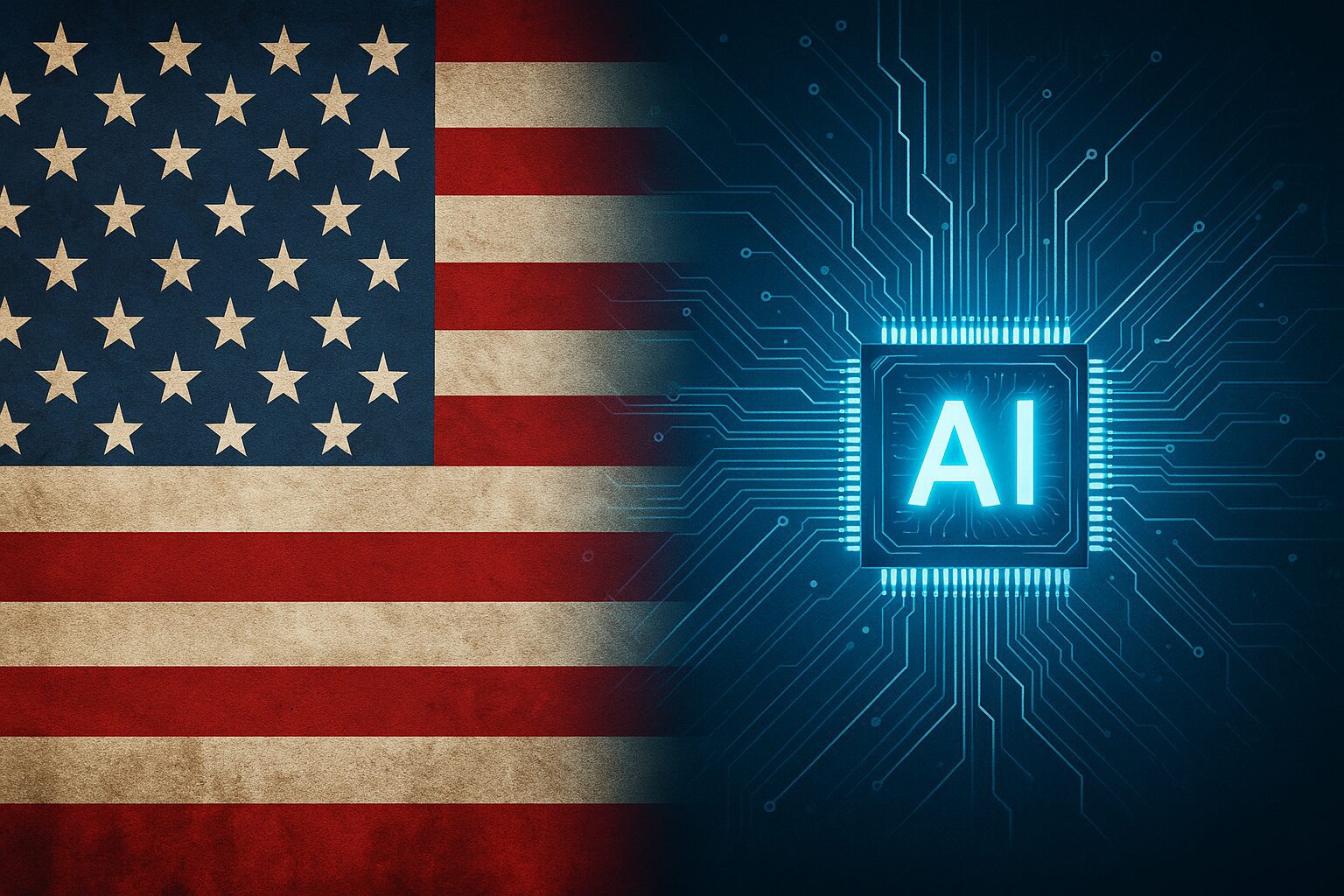Introduction: Has the U.S. Fallen Behind in Innovation?
The global innovation race is intensifying—and many believe the United States is no longer in the lead. A recent article titled “Why China Has Already Won” highlights a growing concern: that China’s long-term industrial strategy, infrastructure investment, and focus on self-reliance have placed it ahead of the U.S. in key areas like manufacturing, supply chain control, and technology adoption.
But this doesn’t mean America is out of the game. In fact, we may be on the brink of a powerful rebound—driven by a shift back toward merit-based innovation, renewed government investment, and the adoption of artificial intelligence (AI) across industries.
In this article, we’ll explore:
- Why the U.S. innovation machine stalled
- How AI is jumpstarting a new era of growth
- The role of meritocracy in technological progress
- Why government and private sector realignment is critical
- What businesses and leaders must do to stay competitive
What Caused the U.S. Innovation Slowdown?

From the 1940s through the 1970s, America was the global leader in breakthrough innovation. Technologies like the internet, semiconductors, jet propulsion, and satellite communications were developed through a combination of military necessity and bold private-sector execution.
But over the past few decades, U.S. innovation has slowed. The reasons are complex, but several trends stand out:
1. Focus Shifted from R&D to Profitability
Corporate consolidation and shareholder pressure shifted priorities away from research and development. Risk tolerance decreased. Long-term vision gave way to quarterly earnings.
2. Government Funding Lost Focus
While the U.S. government has historically driven innovation through defense spending and research grants, much of that spending became inefficient, with poor returns on taxpayer investment.
3. Meritocracy Was Eroded
Many organizations began prioritizing symbolic achievements—optics over outcomes. In some cases, decisions around funding, hiring, and promotion were made based on ideological or identity-based factors rather than performance or ability.
These factors combined to create an innovation desert, where talented engineers, builders, and visionaries were often sidelined in favor of bureaucrats and box-checkers.
How China Kept Building While the U.S. Debated
China, by contrast, adopted a long-term strategic approach. Through top-down planning and aggressive investment in manufacturing, infrastructure, and STEM education, it built the capability to scale ideas rapidly—from solar panels and EVs to rare earth mineral refining and AI infrastructure.
The takeaway? Innovation rewards action.
China prioritized execution while the U.S. focused on discourse.
Military Spending Still Drives Innovation
Many of America’s greatest technological leaps came from defense needs. From the Manhattan Project to the creation of ARPANET (the precursor to the internet), military urgency created breakthroughs.
The same is happening with artificial intelligence today. Defense and intelligence agencies helped fund the early stages of machine learning, natural language processing, and computer vision. These AI capabilities are now being applied across industries—from finance and logistics to manufacturing and customer service.
This marks the beginning of AI’s industrial era.
Why Meritocracy Is Essential for Innovation
Innovation doesn’t care about ideology. It rewards skill, execution, and results. For the U.S. to remain competitive, merit must once again be the primary filter for opportunity.
There is growing evidence that this shift is happening. Companies that once focused heavily on DEI optics are now rebalancing their priorities toward performance-based outcomes. Government agencies are quietly reassessing how they evaluate projects, contractors, and talent.
This isn’t a rejection of diversity or inclusion—it’s a return to competence-first thinking. And it’s being driven by one inescapable truth:
In AI and technology, reality always wins.
Government Innovation Funding Is Being Recalibrated

The federal government plays a vital role in directing innovation through its procurement power and R&D budgets. For years, much of that funding was fragmented or misaligned. But that’s beginning to shift.
Agencies are now:
- Funding practical AI applications
- Demanding results-based outcomes
- Favoring technological feasibility over political comfort
This recalibration sends a strong market signal. When the government starts rewarding builders and high-impact solutions, the private sector follows.
AI Is Ushering in a New Era of U.S. Innovation
Artificial intelligence isn’t just another tool—it’s a general-purpose technology like electricity or the internet. It enables automation, accelerates decision-making, and reveals insights humans alone cannot reach.
Businesses that integrate AI into operations are already seeing gains in:
- Efficiency
- Cost savings
- Product quality
- Customer experience
- Strategic forecasting
The winners of this next industrial era will be those who build, not those who debate. Companies that prioritize engineering, data, performance, and real innovation will dominate.
Conclusion: America Can Still Win—If It Chooses To
The U.S. hasn’t lost its capacity to innovate—it just lost its focus. But that focus is returning.
- AI is moving from the lab to the factory floor.
- Meritocracy is regaining ground.
- Government funding is realigning with results.
- Corporations are watching—and responding.
We’re at the threshold of a new American innovation era. It won’t look like the past. It’ll be faster, more data-driven, and more interconnected. But it will be led by those who understand that merit, execution, and vision still matter most.
Now Is the Time to Act
The time to learn, invest in, and apply AI is now.
Those who wait—those who assume they can catch up later—may find themselves left behind when the U.S. economy fully reorients around performance, productivity, and advanced technology.
As AI becomes the backbone of business and innovation, early movers will gain the most leverage—not just in tools, but in mindset, capability, and competitive edge.
Don’t wait for the system to sort itself out. Start building now—before the rest of the country catches up.
Want to stay ahead in applied AI?
📑 Access Free AI Resources:
- Download our free AI whitepapers to explore cutting-edge AI applications in business.
- Check out our free AI infographics for quick, digestible AI insights.
- Explore our books on AI and .NET to dive deeper into AI-driven development.
- Stay informed by signing up for our free weekly newsletter

